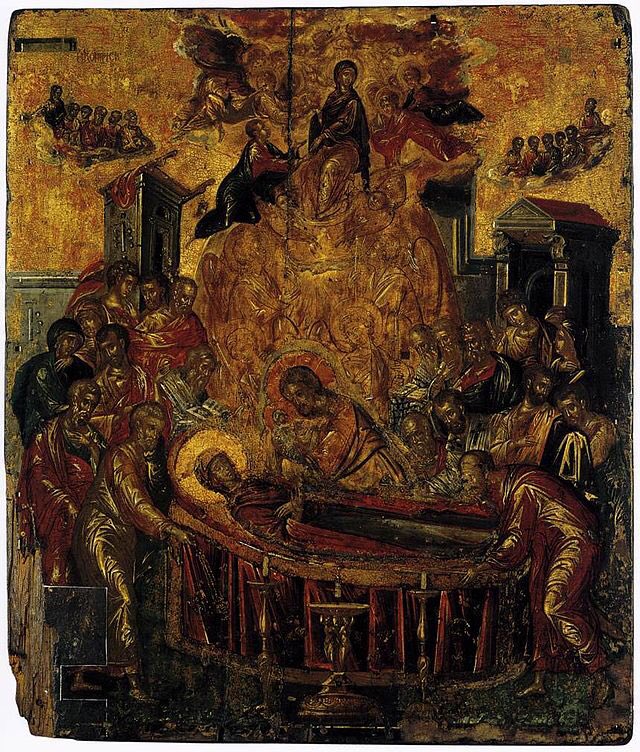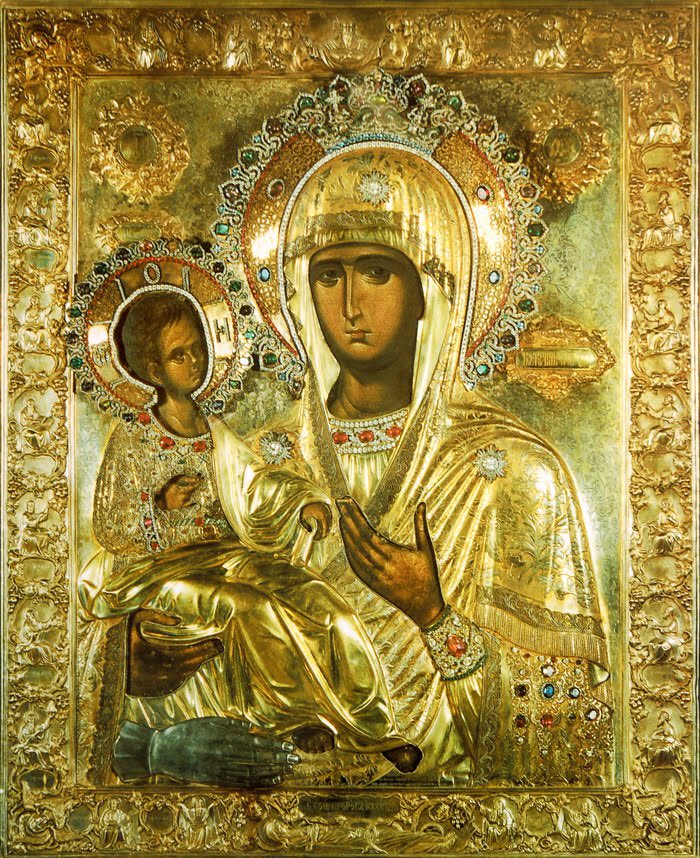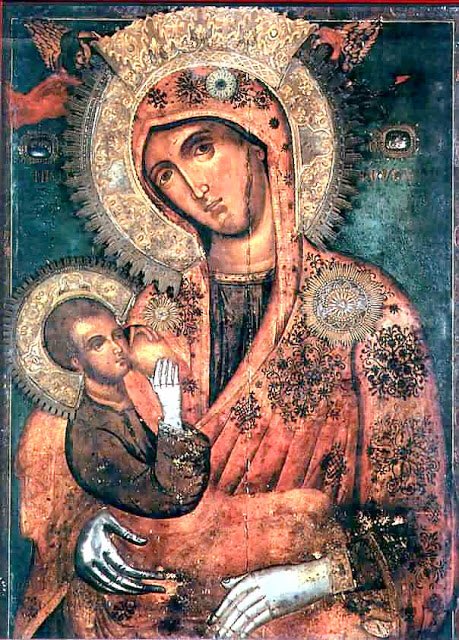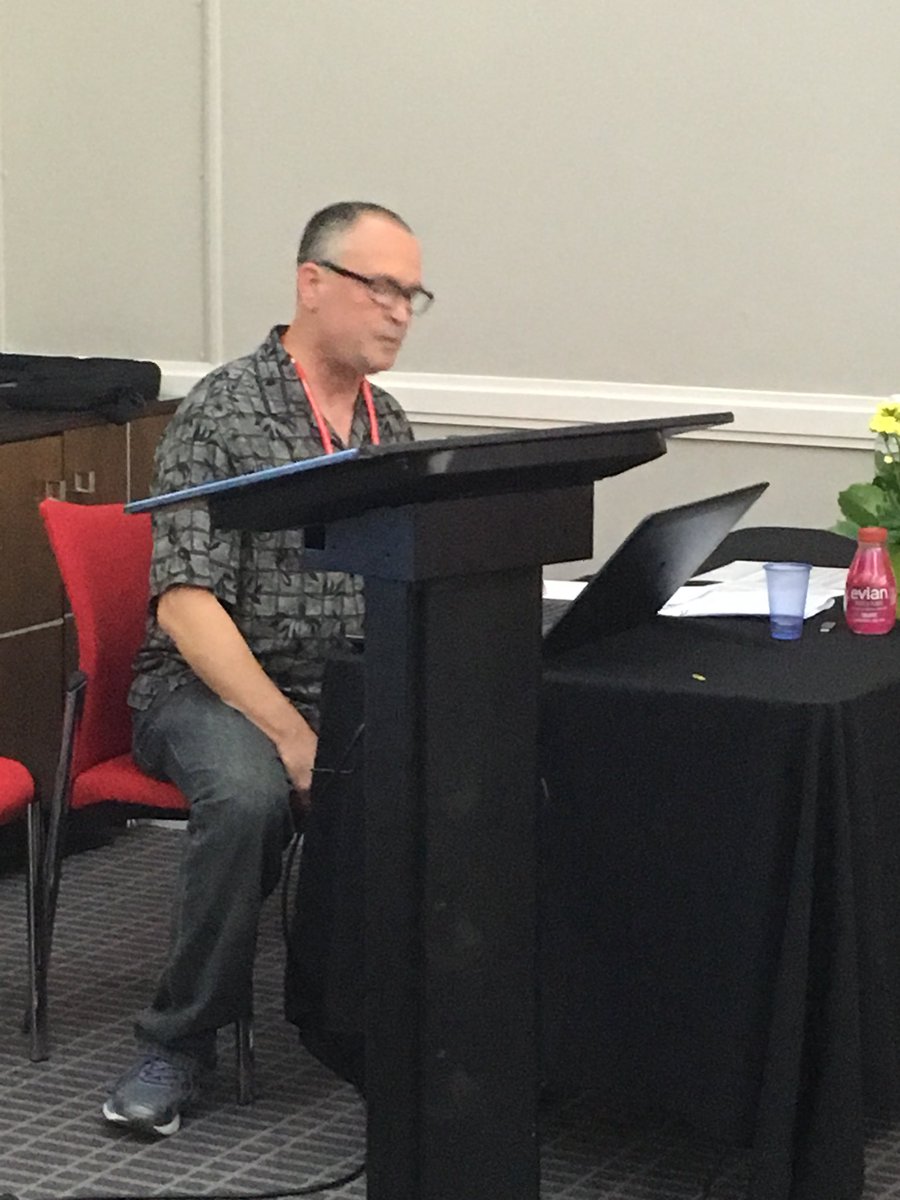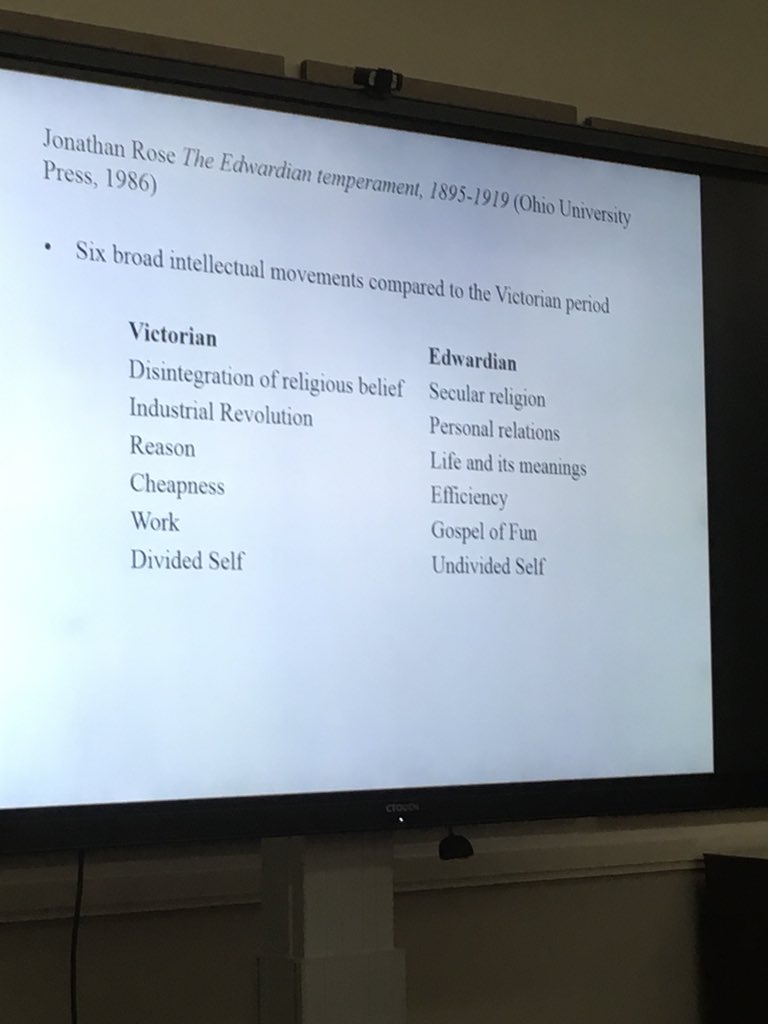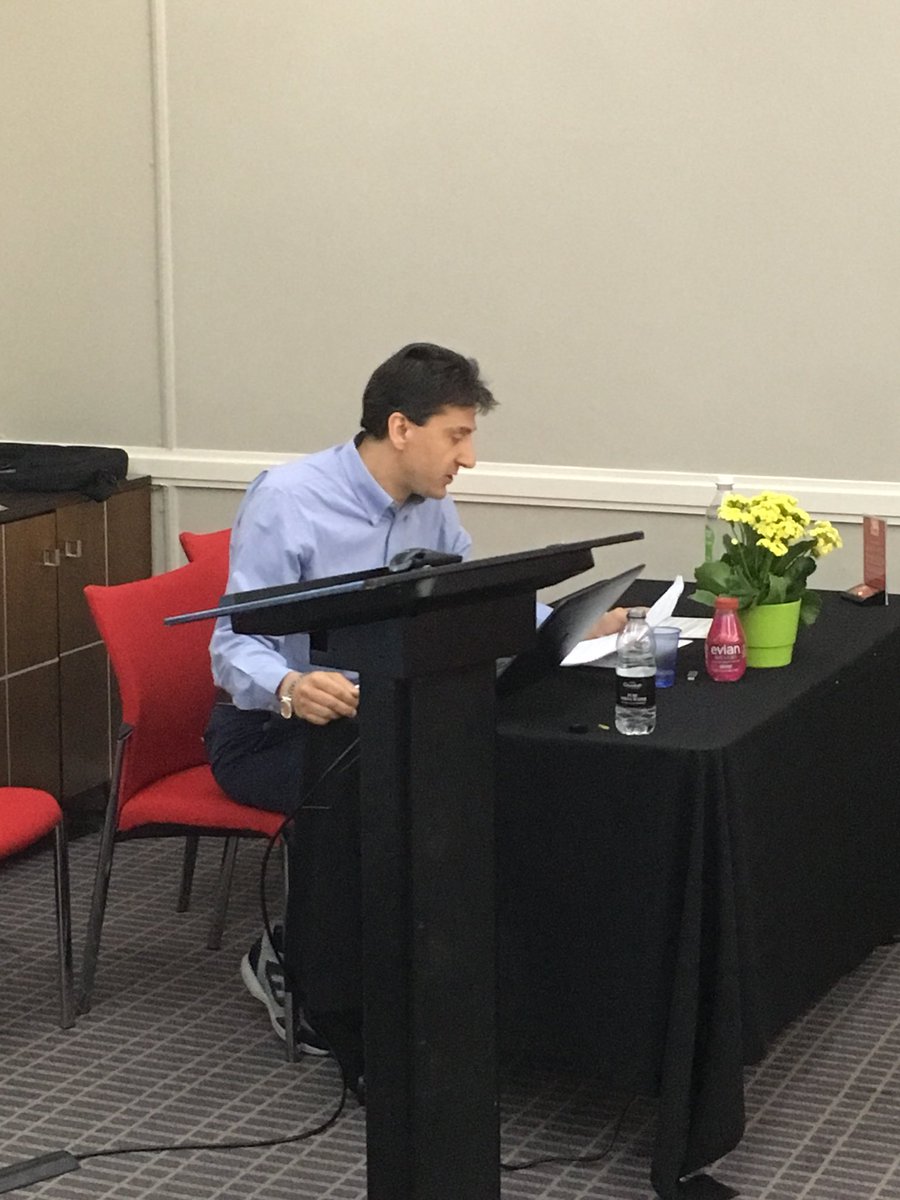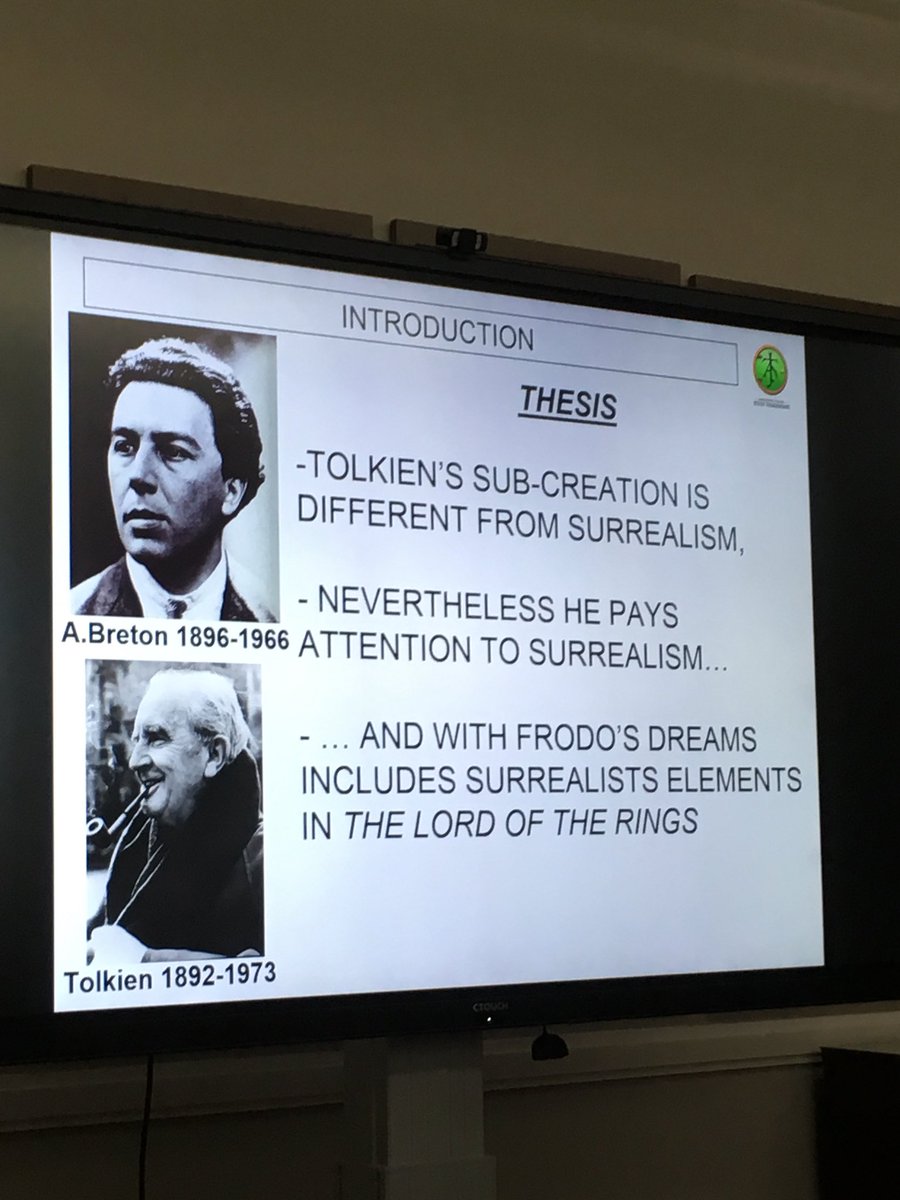.@AnnaMSmol: #Tolkien would have been familiar with typological interpretations of the Bible. The term has also been applied to the study of myth. #imc2018 @IMC_Leeds
.@AnnaMSmol: Conventional Christian typology: defining of “types” who predict or look forward to “anti-types” and make spiritual links. E.g. Adam as a “type” for Christ. #Tolkien #imc2018 @IMC_Leeds
.@AnnaMSmol: #Tolkien’s imagination is typological - 4 Ages in the legendarium - movement towards an end (finite time) #IMC2018 @IMC_Leeds
.@AnnaMSmol: Sauron and Shelob as a later version of Melkor and Ungoliant. Also Arwen as a re-enactment of Lúthien. In both cases these are separate characters but with typological analogies. #Tolkien #imc2018 @IMC_Leeds
.@AnnaMSmol: Interesting moments when types merge into one: Frodo and Eärendil as two overlapping layers in the cave of Shelob when Sam reminds Frodo to use Galadriel’s phial. #Tolkien #imc2018 @IMC_Leeds
.@AnnaMSmol: Eärendil also acts as a prefigurement: as Eärendil sails to Valinor (without permission) Frodo does too at the end of the #LordoftheRings (with permission) #imc2018 @IMC_Leeds #Tolkien
.@AnnaMSmol: #Tolkien’s On Fairy-Stories: each leaf of the tree of tales is a unique embodiment of the pattern. But in On Fairy-Stories there IS an overarching pattern: all fairy stories are typological in a particular Christian way. #imc2018 @IMC_Leeds
.@AnnaMSmol: the typological imagination prefers the proliferation of specific historical examples of “types”, rather than reducing everything into allegory. #Tolkien #imc2018 @IMC_Leeds
• • •
Missing some Tweet in this thread? You can try to
force a refresh



